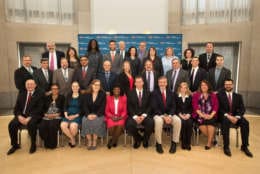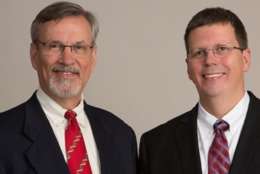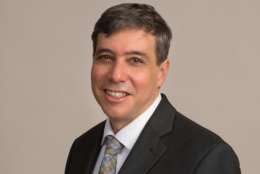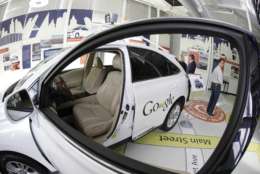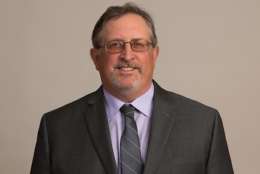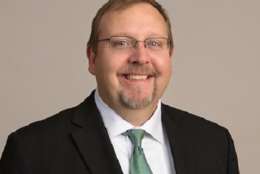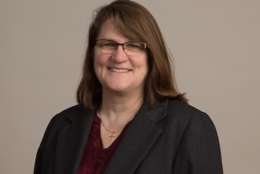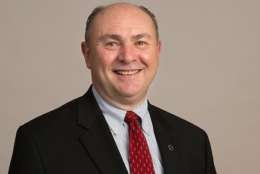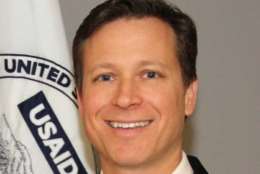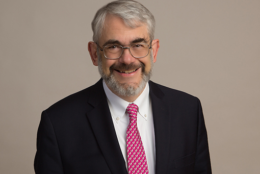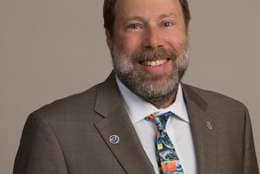Sammies
-
The Partnership for Public Service announced the winners of the Samuel J. Heyman Service to America Medals on Tuesday, October 2.
October 02, 2018 -
The Zika virus has faded from the headlines but public health researchers say it’s only a matter of time before another outbreak happens.
September 28, 2018 -
The Defense Department has been working to ensure the billions it spends on parts such as electronic components are genuine and working.
September 14, 2018 -
How do you convince private industry to take on a risk the federal government is not sure it can handle? When it comes to the National Flood Insurance Program, Andy Neal did just that.
September 07, 2018 -
Marshalyn Yeargin-Allsopp has been called by colleagues a pioneer in identifying the scope of children's developmental disabilities including autism.
August 31, 2018 -
Without data, the Department of Transportation was having a hard time doing research and planning on autonomous and automated vehicles. But then Ariel Gold arrived.
August 24, 2018 -
Like it or not, some 700,000 drones, maybe a million will be humming along in the skies in a few years.
August 17, 2018 -
Toxicology is a complicated field to say the least. Analyzing chemicals to identify which ones are potentially harmful to humans and wildlife can be an arduous process.
August 10, 2018 -
Matthew Nims, acting director of the Office of Food for Peace at USAID, is a finalist in this year's Service to America Medals program and he joined Federal Drive with Tom Temin for more.
August 03, 2018 -
When simultaneous floods and fire wrecked two northern cities and forced 50,000 people to evacuate, Judy DesHarnais at the U.S. Army Corps of Engineers took action. SHe's a finalist for this year's Sammies.
July 27, 2018 -
Mining accidents kill or injure thousands every year, and John Sammarco at the National Institute for Occupational Safety and Health said one reason is poor illumination deep in mines.
July 20, 2018 -
Andrew Herscowitz, coordinator for Power Africa at the U.S. Agency for International Development, has spent the past five years putting together federal, other governmental and private sector resources to bring alternating current to Sub-Saharan Africa.
June 29, 2018 -
Rare diseases cannot hide from my Dr. Daniel Kastner, a fellow at the National Institutes of Health.
June 22, 2018 -
But even if the ACA disappeared, the government would still have a giant footprint in health and disease research. The National Institutes of Health's annual budget and what the Centers for Medicare and Medicaid Services pays out for kidney dialysis both equal about $35 billion.
June 15, 2018 -
Satellite researcher Tim Schmit of NOAA played a big role in developing the technology used by local officials in the Caribbean when hurricanes knocked out weather monitoring systems last year.
June 08, 2018

